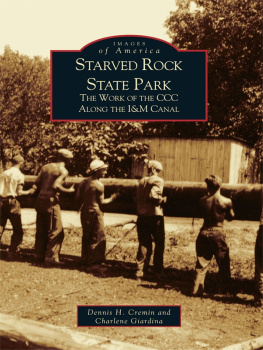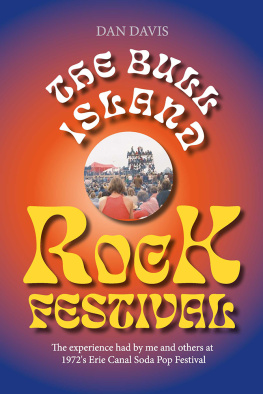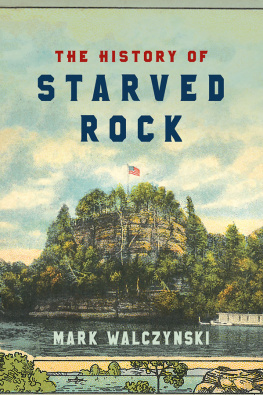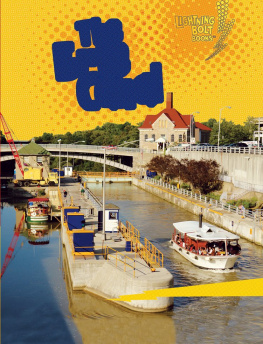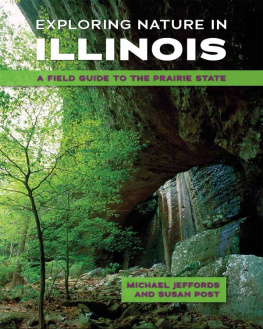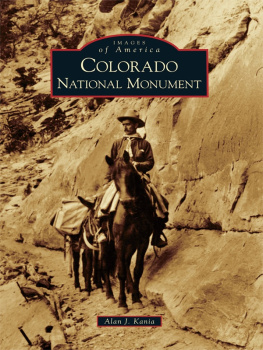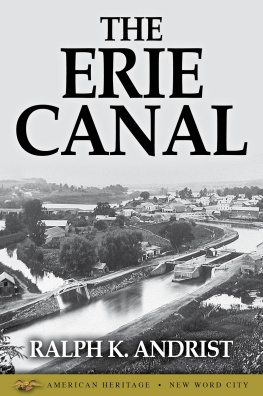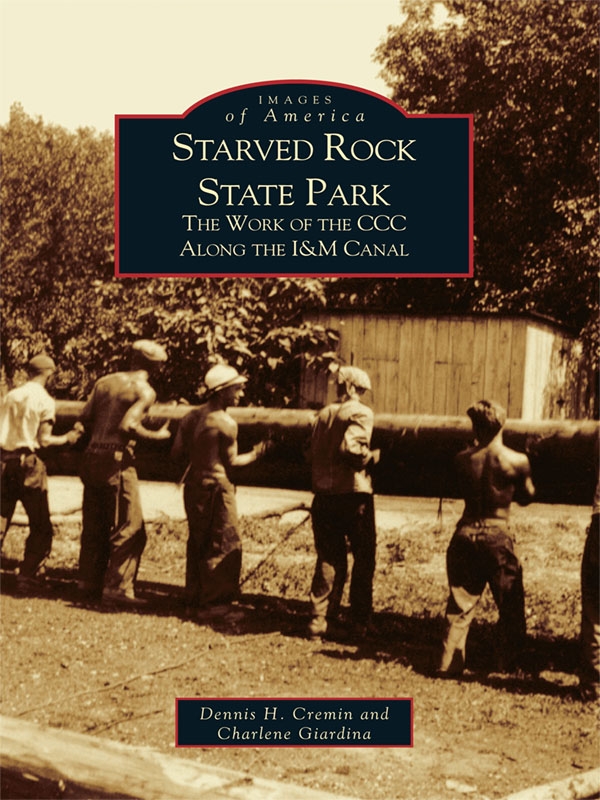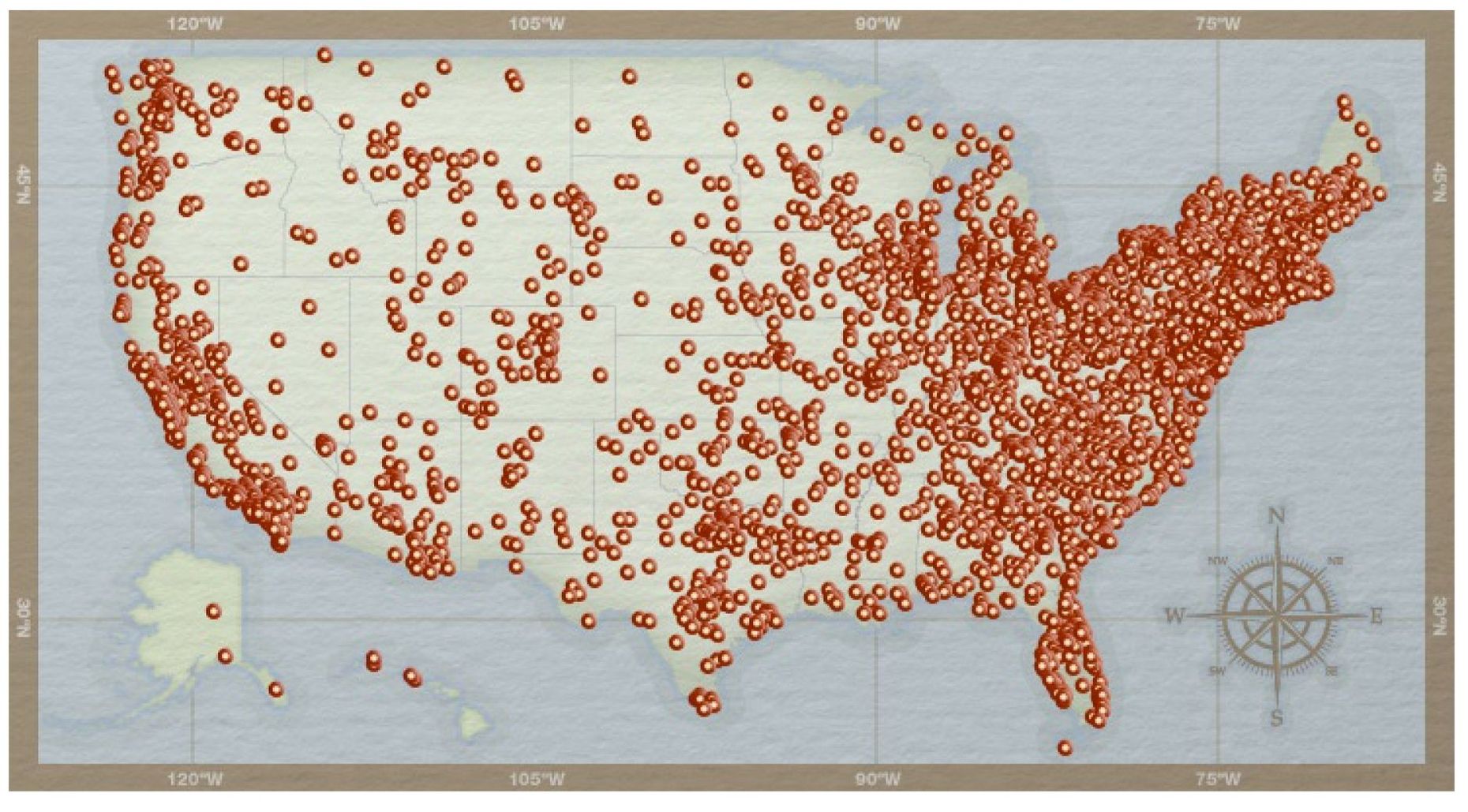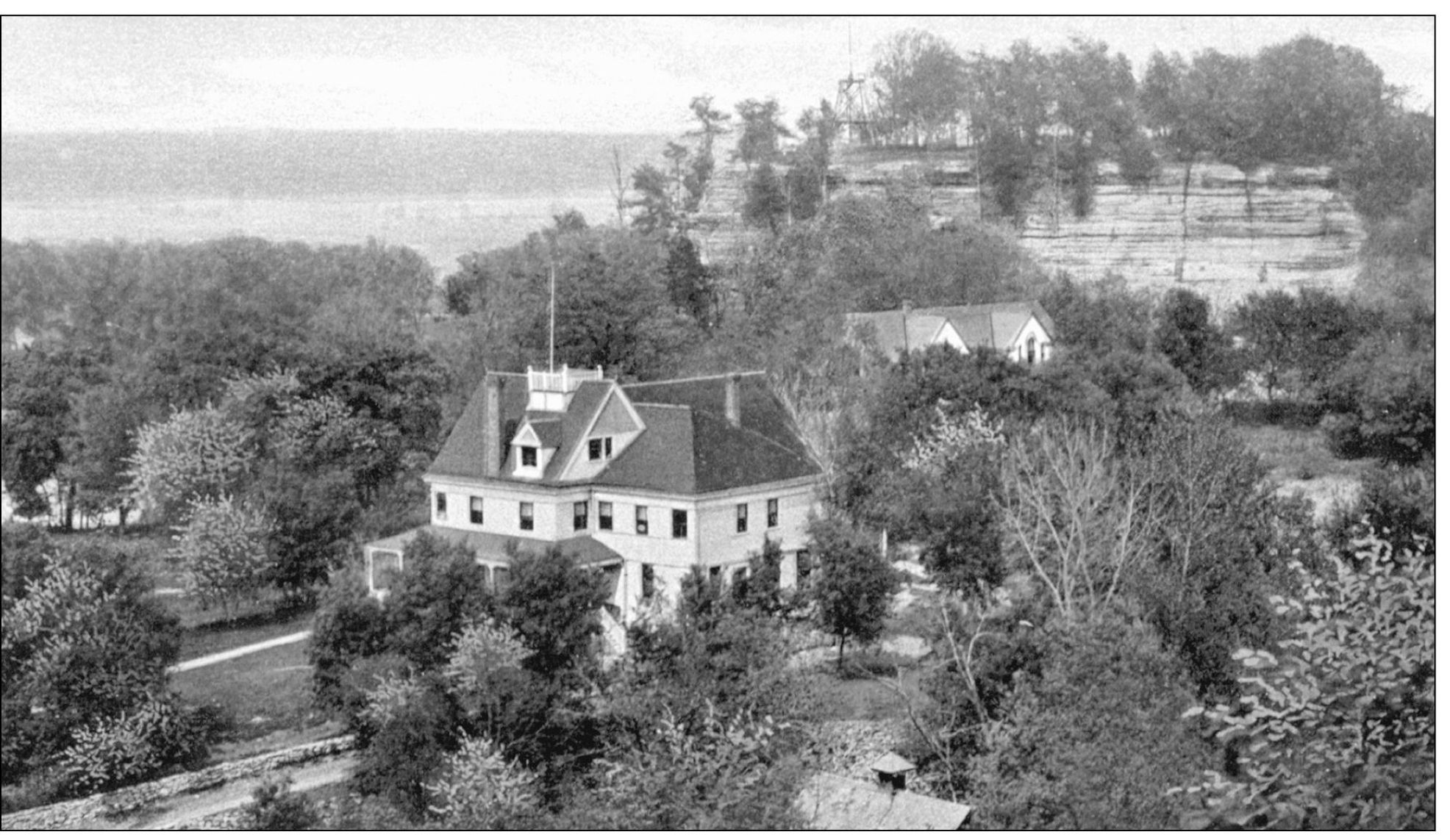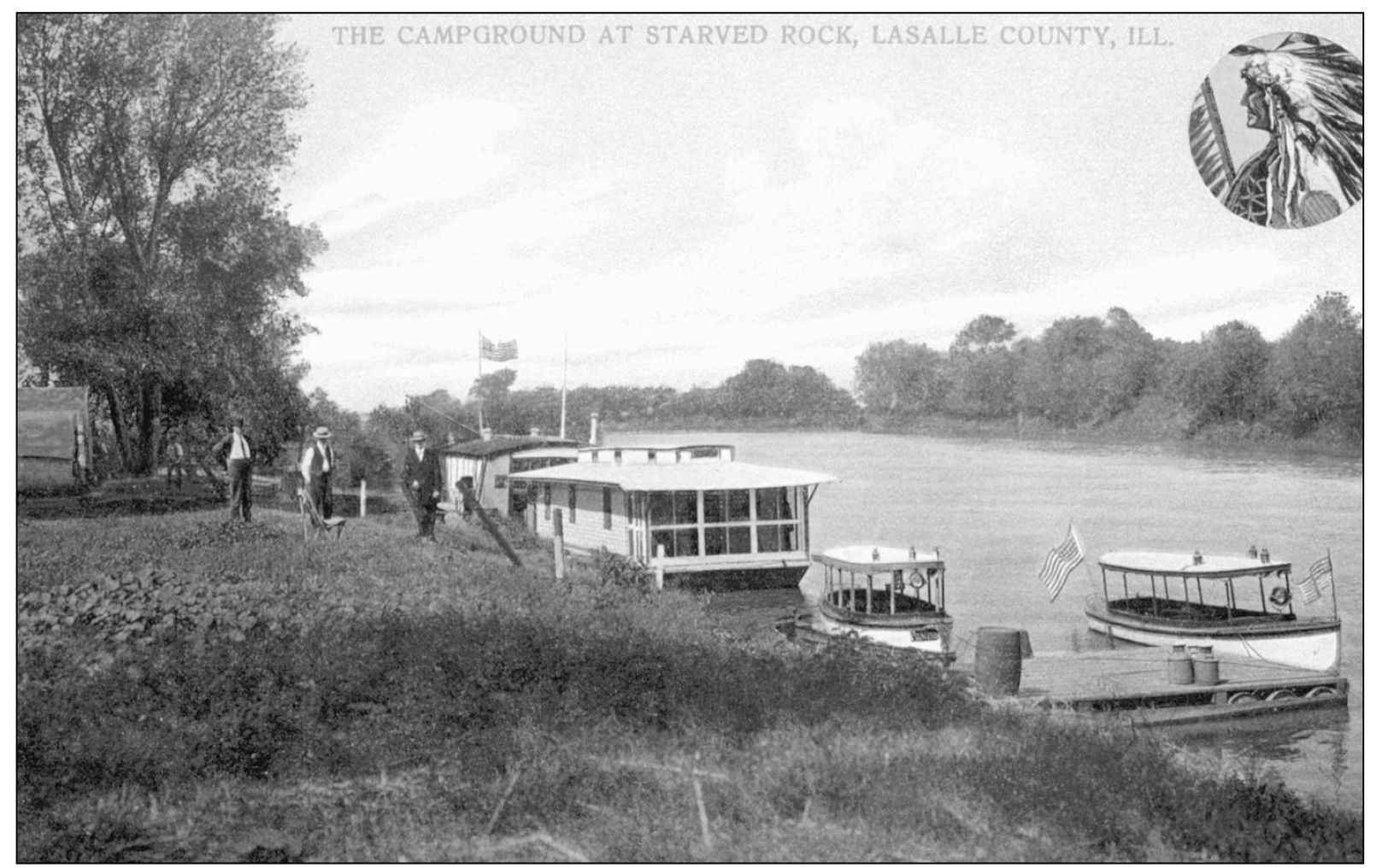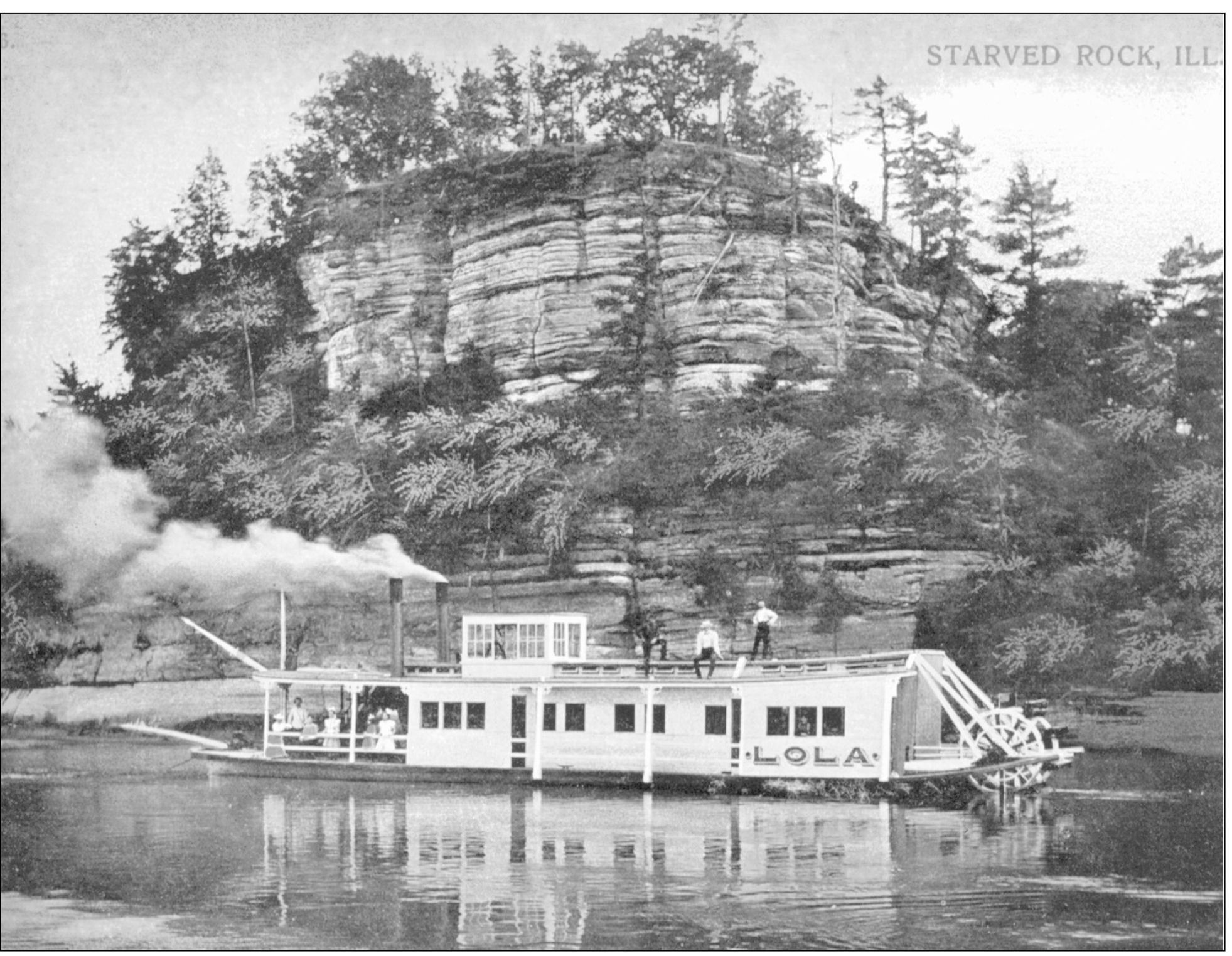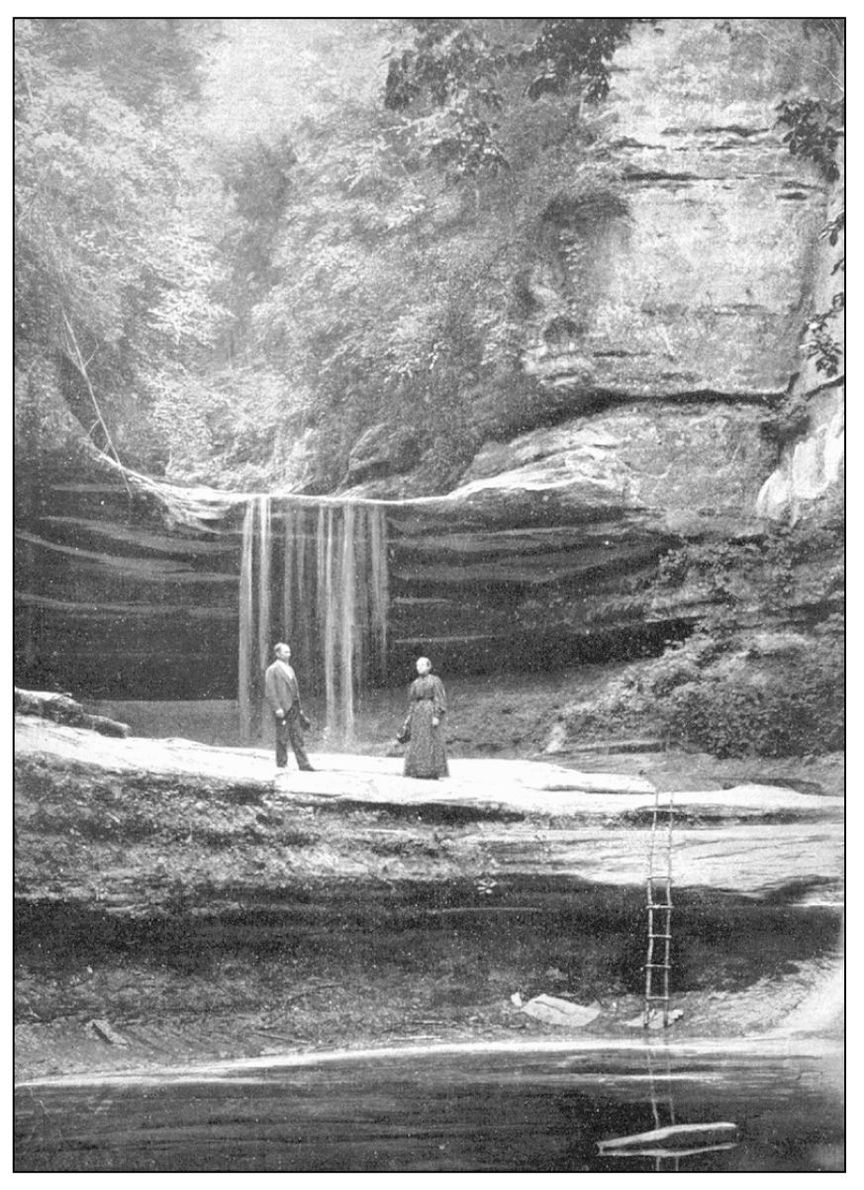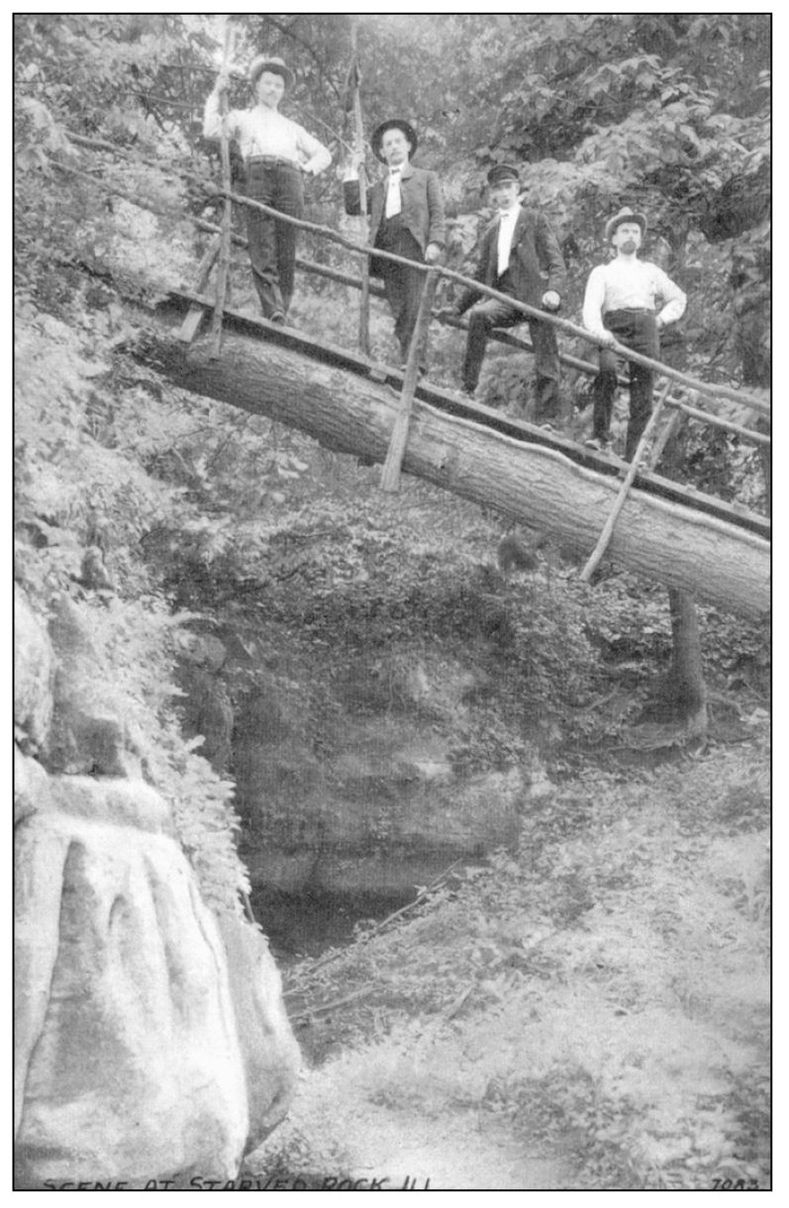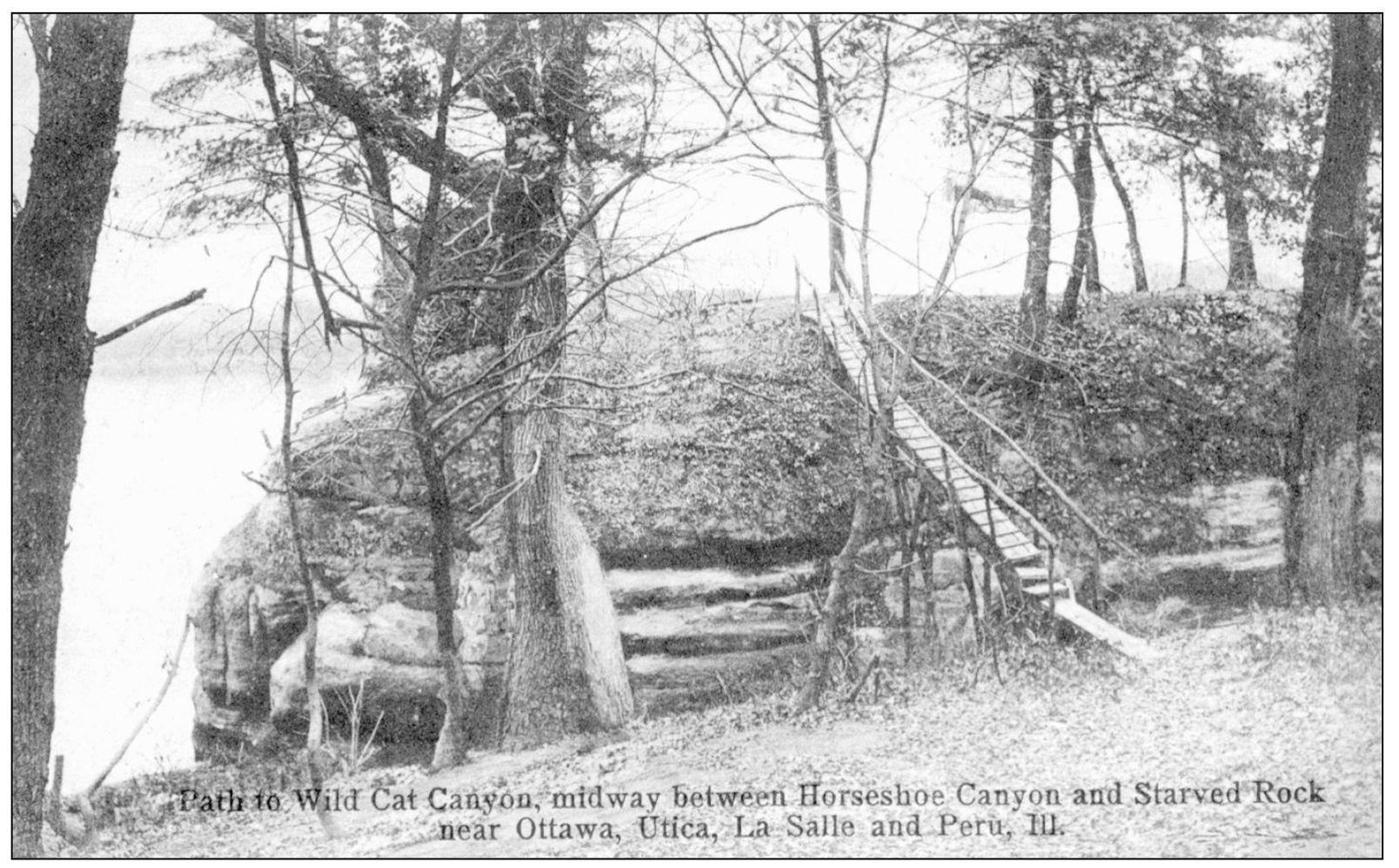Dennis H. Cremin - Starved Rock State Park: The Work of the CCC Along the I&M Canal
Here you can read online Dennis H. Cremin - Starved Rock State Park: The Work of the CCC Along the I&M Canal full text of the book (entire story) in english for free. Download pdf and epub, get meaning, cover and reviews about this ebook. year: 2002, publisher: Arcadia Publishing, genre: Romance novel. Description of the work, (preface) as well as reviews are available. Best literature library LitArk.com created for fans of good reading and offers a wide selection of genres:
Romance novel
Science fiction
Adventure
Detective
Science
History
Home and family
Prose
Art
Politics
Computer
Non-fiction
Religion
Business
Children
Humor
Choose a favorite category and find really read worthwhile books. Enjoy immersion in the world of imagination, feel the emotions of the characters or learn something new for yourself, make an fascinating discovery.
- Book:Starved Rock State Park: The Work of the CCC Along the I&M Canal
- Author:
- Publisher:Arcadia Publishing
- Genre:
- Year:2002
- Rating:3 / 5
- Favourites:Add to favourites
- Your mark:
Starved Rock State Park: The Work of the CCC Along the I&M Canal: summary, description and annotation
We offer to read an annotation, description, summary or preface (depends on what the author of the book "Starved Rock State Park: The Work of the CCC Along the I&M Canal" wrote himself). If you haven't found the necessary information about the book — write in the comments, we will try to find it.
Visitors to Starved Rock State Park are often struck by the grandeur of its rustic lodge. They marvel at its massive fireplace and hand-hewn logs. Yet few realize that this structure is a tangible reminder of the Civilian Conservation Corps, which in the 1930s provided work for young men left unemployed by the Great Depression. Starved Rock Lodge was one of the biggest projects of the CCC boys along the Illinois and Michigan Canal, but it was far from the only one. Working as a team and living in camps from Willow Springs to La Salle-Peru, they built facilities that transformed the old canal into what became the I&M Canal State Trail (1974) and the nations first National Heritage Corridor (1984). President Franklin D. Roosevelts nation-wide program preserved the landscape from the ravages of soil erosion, flooding, and deforestation. In the process, the young men built beautiful parks, buildings, and shelters that we use and admire today.
Dennis H. Cremin: author's other books
Who wrote Starved Rock State Park: The Work of the CCC Along the I&M Canal? Find out the surname, the name of the author of the book and a list of all author's works by series.

